Black Locust Trees For Landscaping: Tips On Growing Black Locust Trees
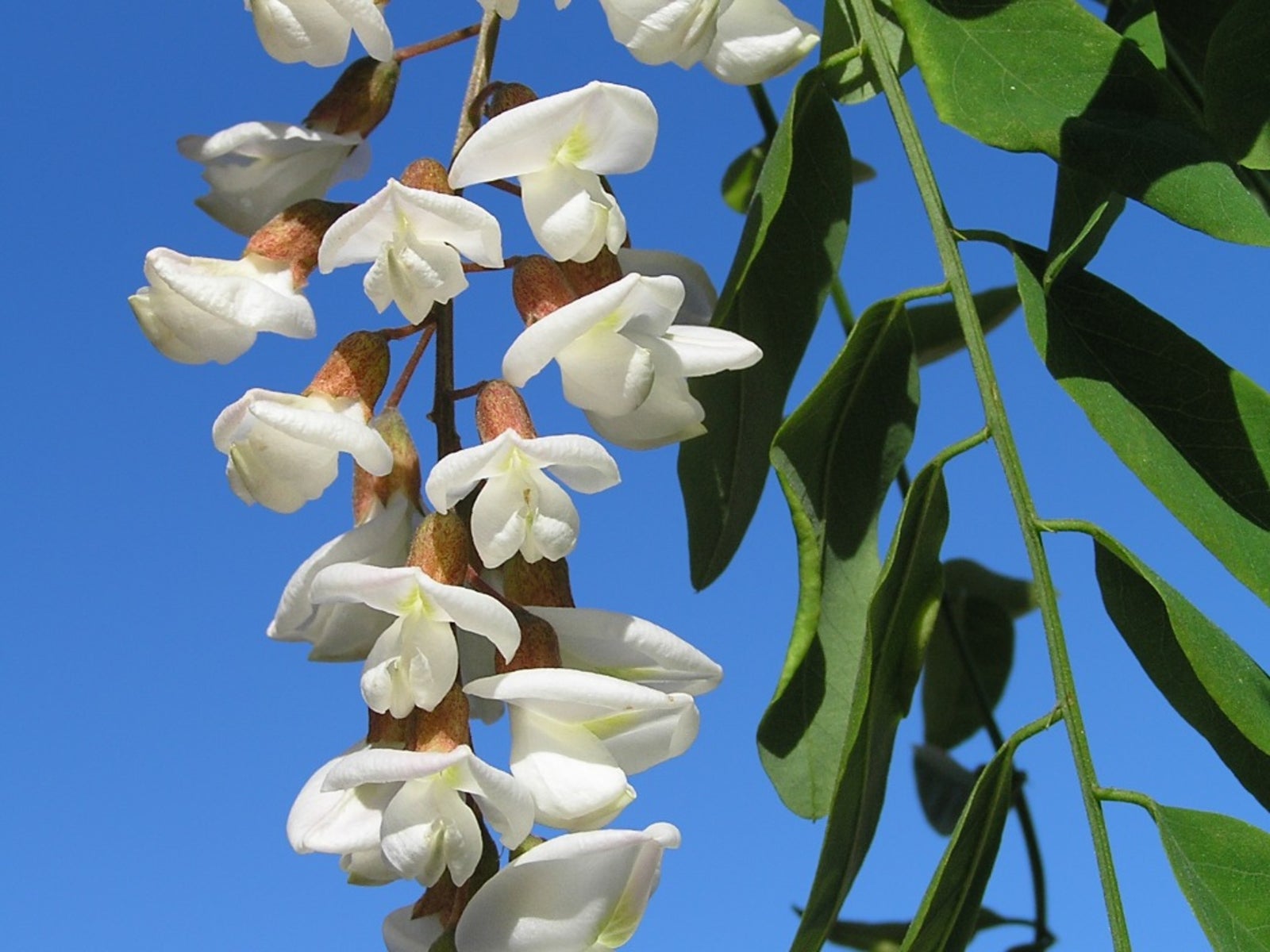

Black locust trees (Robinia pseudoacacia, USDA zones 4 through 8) are at their best in late spring, when trailing clusters of 5-inch (13 cm.), fragrant flowers bloom at the tips on new branches. The flowers attract honeybees, which use the nectar to make excellent honey. Growing black locust trees is easy, but they can become weedy if you aren't diligent about removing suckers. Read on for more black locust information.
What is a Black Locust Tree?
Black locust is a member of the legume family, so it's not surprising that the flowers closely resemble sweet peas. After the flowers fade, 2- to 4-inch (5 to 10 cm.) pea pods take their place. Each pod contains four to eight seeds. The seeds are difficult to germinate because of their hard coats. Like other members of the legume family, black locust captures nitrogen from the air and enriches the soil as it grows. That being said, there are a number of resources that report its cousin, the honey locust, does not fix nitrogen to the soil. The tree can grow up to 80 feet (24.5 cm.) tall, but it usually stays between 30 and 50 feet (9 to 15 m.) in height with a canopy that spreads up to 30 feet (9 m.) wide. The irregular branches cast light shade, making it easy to grow other plants that require partial shade beneath the tree. Black locust makes a great lawn tree and tolerates drought, salt, and poor soil. One of the most attractive black locust trees for landscaping is the ‘Frisia' cultivar. This highly ornamental tree has bright yellow to chartreuse foliage that holds its color well. The foliage contrasts well with deep purple or dark green foliage for a dramatic landscape effect.
How to Care for a Black Locust Tree
Plant black locust trees in a location with full sun or light shade. It prefers loose soil that is moist but well-drained, although it adapts to most soil types. Water the tree often enough to keep the soil moist during its first growing season. The second and third year, water when there hasn't been a drenching rain in a month. Mature trees tolerate moderate drought but perform best when they are watered during dry spells. The tree rarely, if ever, needs nitrogen fertilizer because of its ability to fix nitrogen from the air. Black locust trees form a dense, fibrous root system that sends up new shoots. These shoots become a dense grove of trees if you don't remove them regularly. In most of the Eastern United States and parts of the West, black locust has escaped cultivation and invaded wild areas.
Gardening tips, videos, info and more delivered right to your inbox!
Sign up for the Gardening Know How newsletter today and receive a free copy of our e-book "How to Grow Delicious Tomatoes".

Jackie Carroll has written over 500 articles for Gardening Know How on a wide range of topics.
-
 Try The Trend – Turn Any Bed Into A Keyhole Garden With This Clever In-Ground Composter
Try The Trend – Turn Any Bed Into A Keyhole Garden With This Clever In-Ground ComposterKeyhole gardening is an efficient and sustainable practice that saves space. Get started on this DIY project quickly and easily with an in-ground composter.
By Bonnie L. Grant
-
 4 Superfast Composting Methods: Turn Waste Into Garden Gold In 30 Days Or Less
4 Superfast Composting Methods: Turn Waste Into Garden Gold In 30 Days Or LessTry the fastest composting methods to turbocharge your pile and transform kitchen scraps and garden waste into finished compost in just a few weeks.
By Mary Ellen Ellis
-
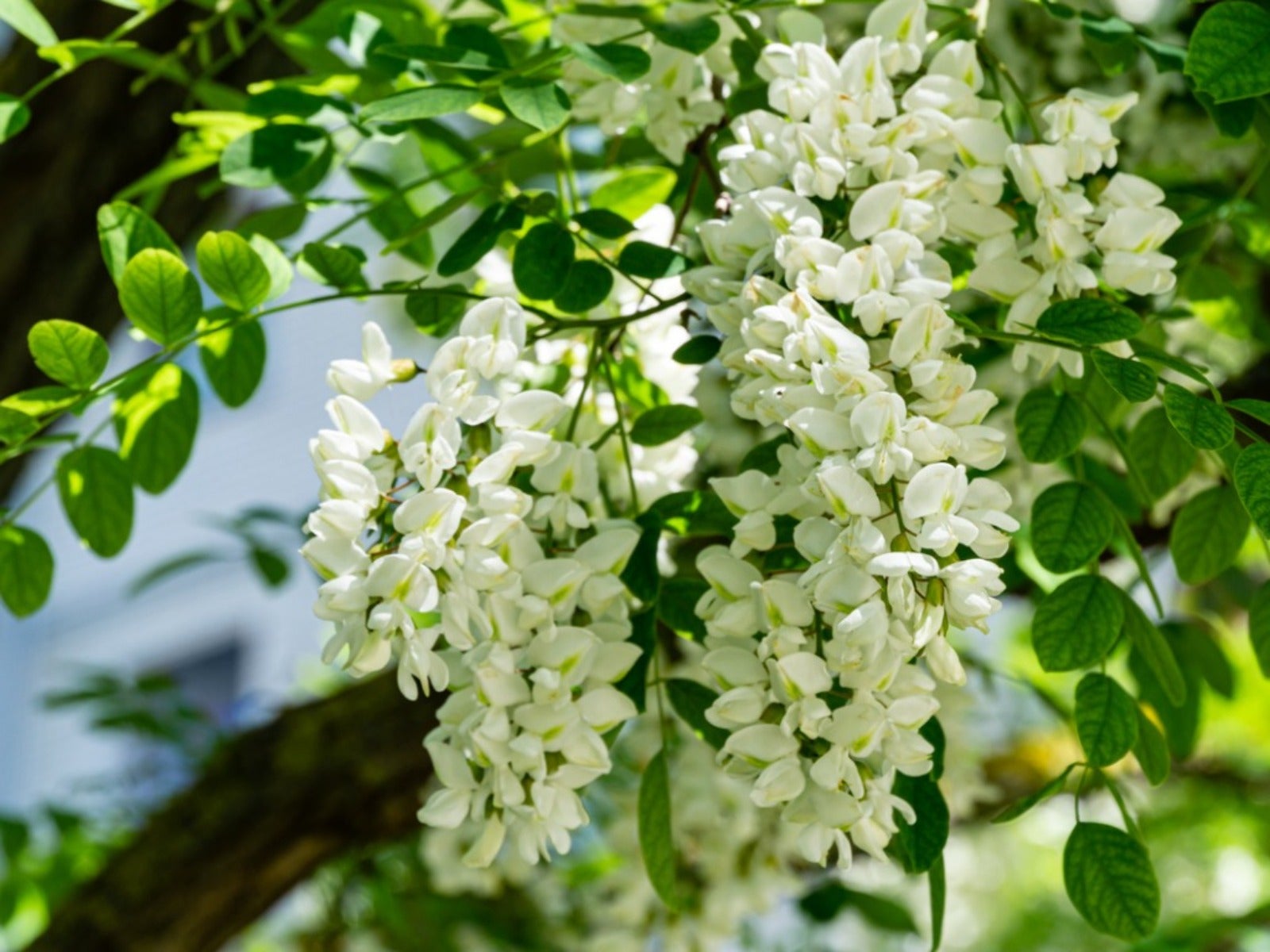 Are Black Locust Trees Invasive Even Though They’re Native?
Are Black Locust Trees Invasive Even Though They’re Native?Is the black locust tree a stunning ornamental or an extremely invasive undesirable? Read on for the curious answer.
By Teo Spengler
-
Twisty Baby Locust Care: How To Grow A Twisty Baby Locust Tree
If you’re looking for a dwarf tree with year-round interest, try black locust ‘Twisty Baby’ with a unique contorted form. Click here for more info.
By Amy Grant
-
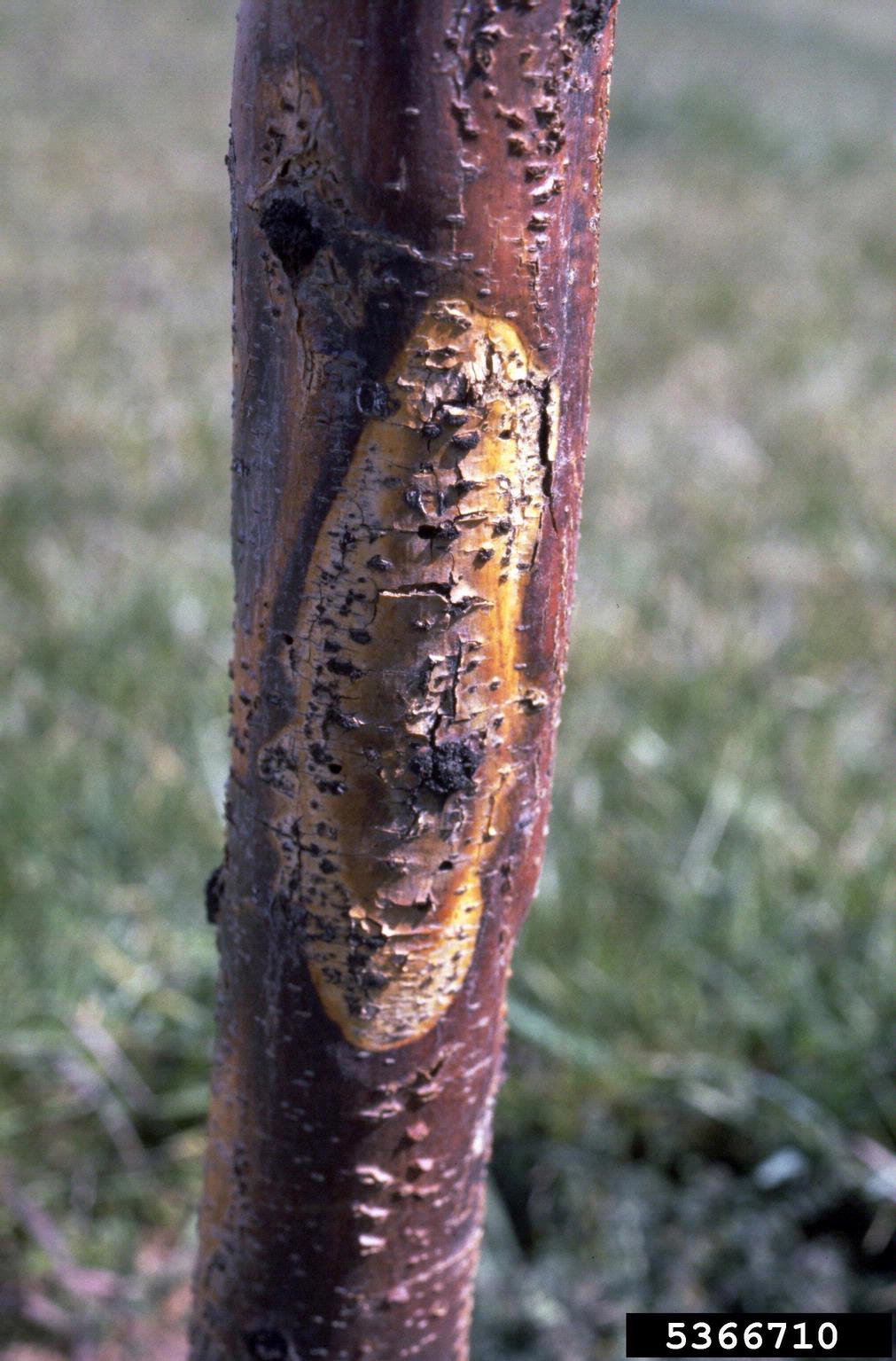 What Is Thyronectria Canker – Learn About Thyronectria Canker Treatment
What Is Thyronectria Canker – Learn About Thyronectria Canker TreatmentBecoming more familiar with potential diseases that may impact or diminish tree health is one way to accomplish this. Thyronectria canker on honey locusts, for instance, is an infection that can cause undue plant stress and decline. You can learn more about it here.
By Tonya Barnett
-
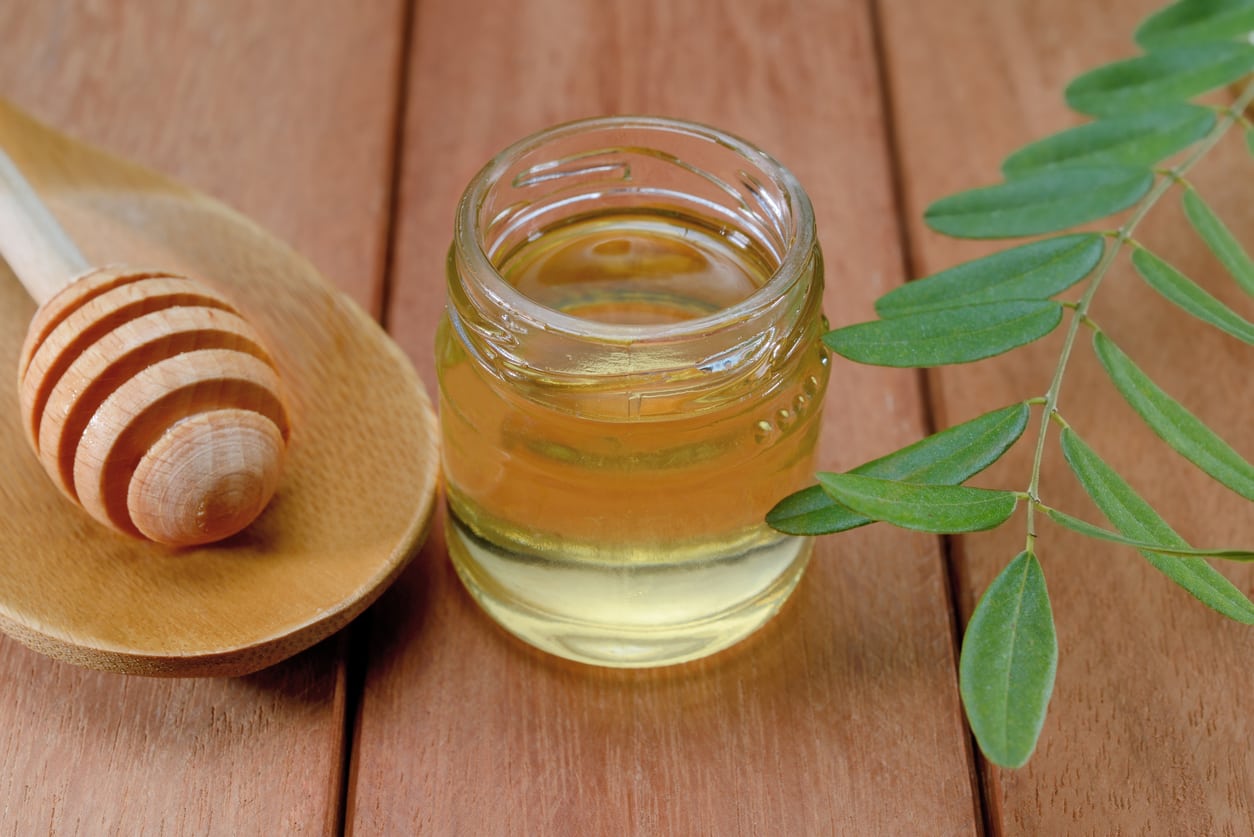 What Is Acacia Honey: Learn About Acacia Honey Uses And Benefits
What Is Acacia Honey: Learn About Acacia Honey Uses And BenefitsWhere does acacia honey come from? Maybe not where you think it does. Click this article to find out the answers to these questions, as well as acacia honey uses and more fascinating acacia honey information.
By Amy Grant
-
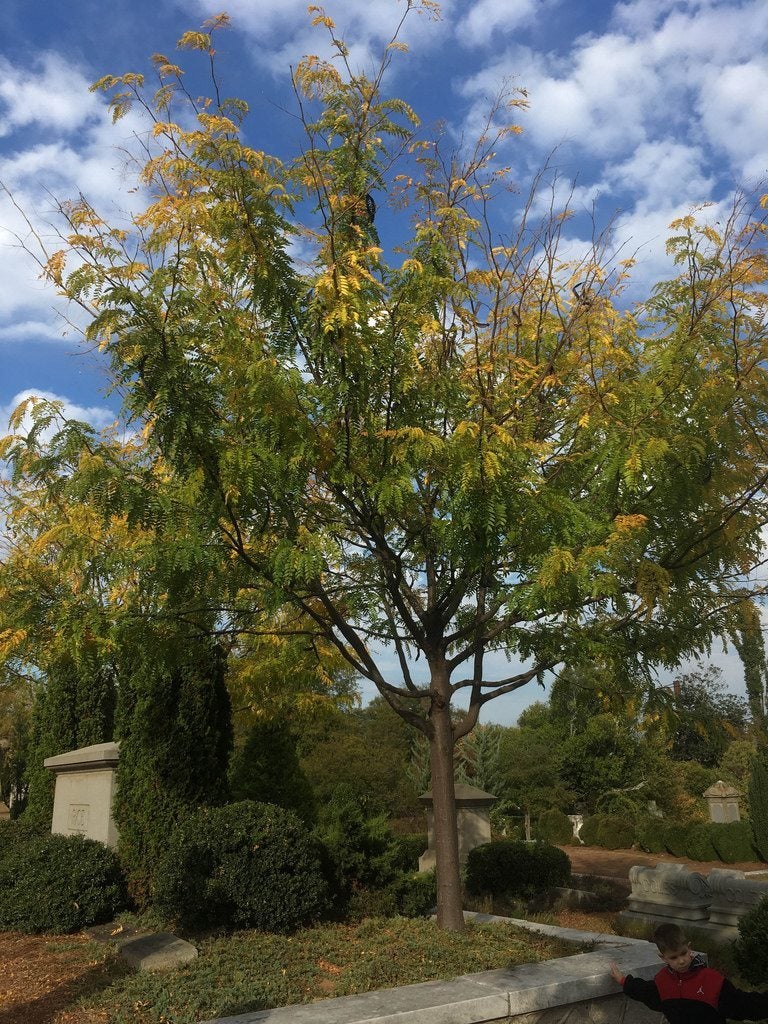 Skyline Honey Locust Care: Learn How To Grow A Skyline Locust Tree
Skyline Honey Locust Care: Learn How To Grow A Skyline Locust TreeUnlike other honey locust varieties, Skyline is thornless. These thornless honey locusts are great additions to the landscape as a shade tree. Interested in growing Skyline honey locusts? Click on this article to find out how to grow a Skyline locust tree.
By Amy Grant
-
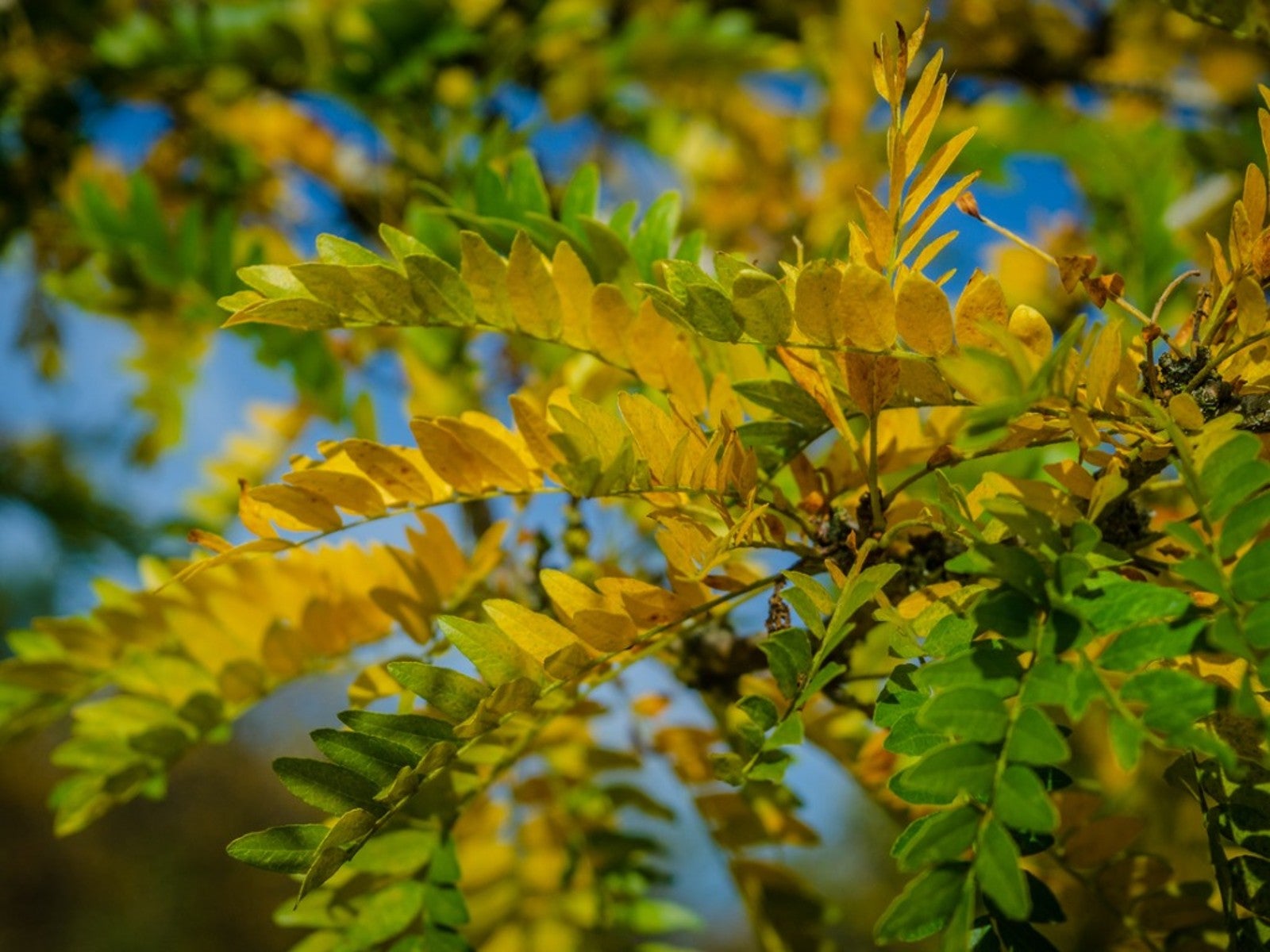 Honey Locust Information – How To Grow A Honey Locust Tree
Honey Locust Information – How To Grow A Honey Locust TreeHoney locust is a popular deciduous landscaping tree, especially in cities, used for shade and the small leaves don't need to be collected in the fall. A little bit of honey locust information is all you need to start growing this tree in your yard. This article will help with that.
By Mary Ellen Ellis
-
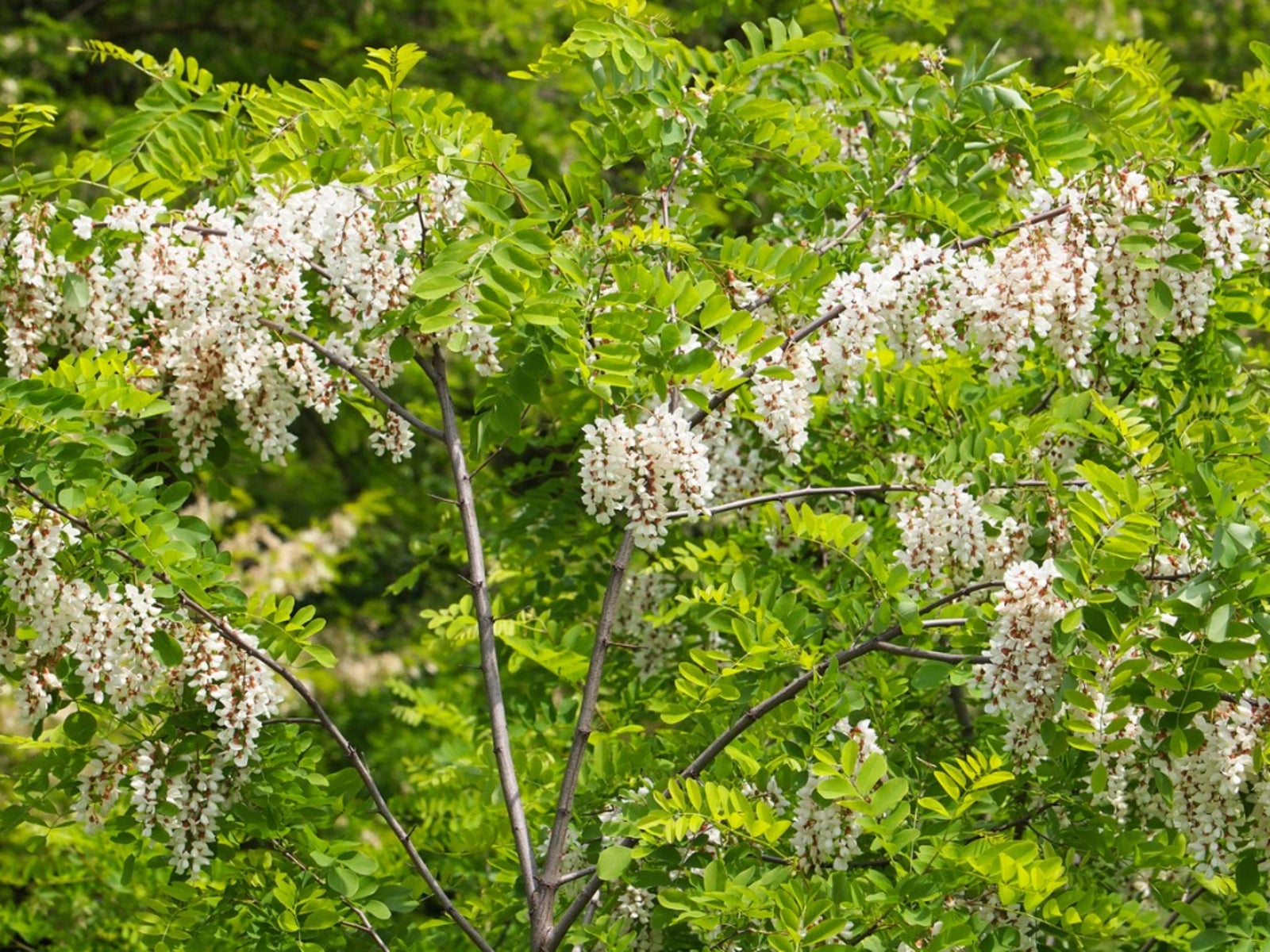 Locust Tree Information - Types Of Locust Trees For The Landscape
Locust Tree Information - Types Of Locust Trees For The LandscapeLocust trees produce large clusters of pea-like flowers that bloom in spring followed by long pods. Growing locust trees is easy and they adapt well to lawn and street conditions. Learn more here.
By Jackie Carroll